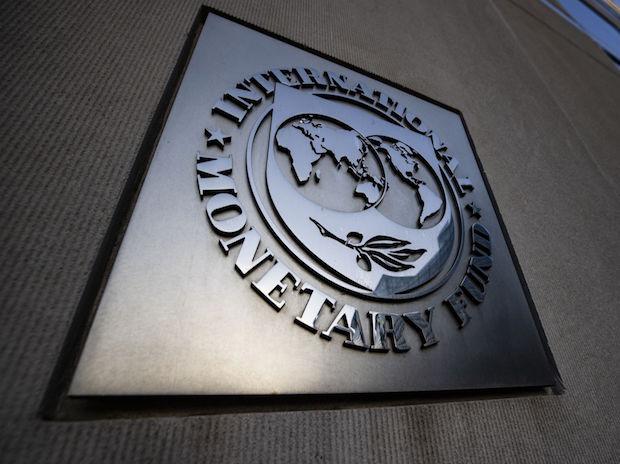[ad_1]
Even as the world economy is looking at recessionary trends owing to the prevailing global headwinds and fluid geopolitical situation due to the prolonging Russia-Ukraine conflict, the International Monetary Fund (IMF) has shown optimism about the Indian economy, suggesting that real GDP is expected to grow at 6.8 per cent in the current fiscal while in 2023-24 it is estimated to grow at 6.1 per cent.
On November 28, the executive board of the IMF concluded the Article IV consultation with India, where it noted that the “Indian economy has rebounded from the deep pandemic-related downturn.”
It said: “Real GDP grew by 8.7 per cent in 2021-22, bringing total output above pre-pandemic levels. Growth has continued this fiscal year, supported by a recovery in the labour market and increasing credit to the private sector.”
“New COVID cases have fallen to low levels, supported by high vaccination rates. The free administration of booster shots and broader booster eligibility criteria should help improve vaccine coverage.”
The Indian government’s policies, according to the international body, are addressing new economic headwinds. “These include inflation pressures, tighter global financial conditions, the fallout from the war in Ukraine and associated sanctions on Russia, and significantly slower growth in China and advanced economies,” the IMF noted.
“The authorities have responded with fiscal policy measures to support vulnerable groups and to mitigate the impact of high commodity prices on inflation. Monetary policy accommodation has been gradually withdrawn and the main policy rate has been increased by 190 basis points so far in 2022,” it added.
Elaborating on India’s growth trajectory, the IMF said: “Growth is expected to moderate reflecting the less favourable outlook and tighter financial conditions. Real GDP is projected to grow at 6.8 per cent and 6.1 per cent in 2022-23 and 2023-24 respectively.”
“Reflecting broad-based price pressures, inflation is projected at 6.9 per cent in 2022-2023 and is expected to moderate only gradually over the next year. The current account deficit is expected to increase to 3.5 per cent of GDP in 2022-23 as a result of both higher commodity prices and strengthening import demand.”
Uncertainty around the outlook is high, with risks tilted to the downside. A sharp global growth slowdown in the near term would affect India through trade and financial channels. Intensifying spillovers from the war in Ukraine can cause disruptions in the global food and energy markets, with significant impact on India.
Over the medium term, reduced international cooperation can further disrupt trade and increase financial markets volatility. Domestically, rising inflation can further dampen domestic demand and impact vulnerable groups.
On the upside, however, successful implementation of wide-ranging reforms or greater than expected dividends from the remarkable advances in digitalization could increase India’s medium-term growth potential.
The IMF executive directors concurred during the deliberations that Indian government has appropriately responded to post-pandemic economic shocks with fiscal policy measures to support vulnerable groups and with front-loaded monetary policy tightening to address elevated inflation.
They generally noted that while public debt sustainability risks have increased, these risks are mitigated given the debt characteristics.
The directors encouraged a more ambitious and well-communicated medium-term fiscal consolidation, anchored on stronger revenue mobilization and further improvement in expenditure efficiency, while high-quality spending on infrastructure, education and health is protected.
They also observed that further improvements in public financial management, fiscal institutions and transparency would support consolidation efforts.
The directors noted that additional monetary policy tightening should be carefully calibrated and clearly communicated to balance inflationary objectives and impact on economic activity.
–IANS
ans/bg
(Only the headline and picture of this report may have been reworked by the Business Standard staff; the rest of the content is auto-generated from a syndicated feed.)
[ad_2]
Source link



